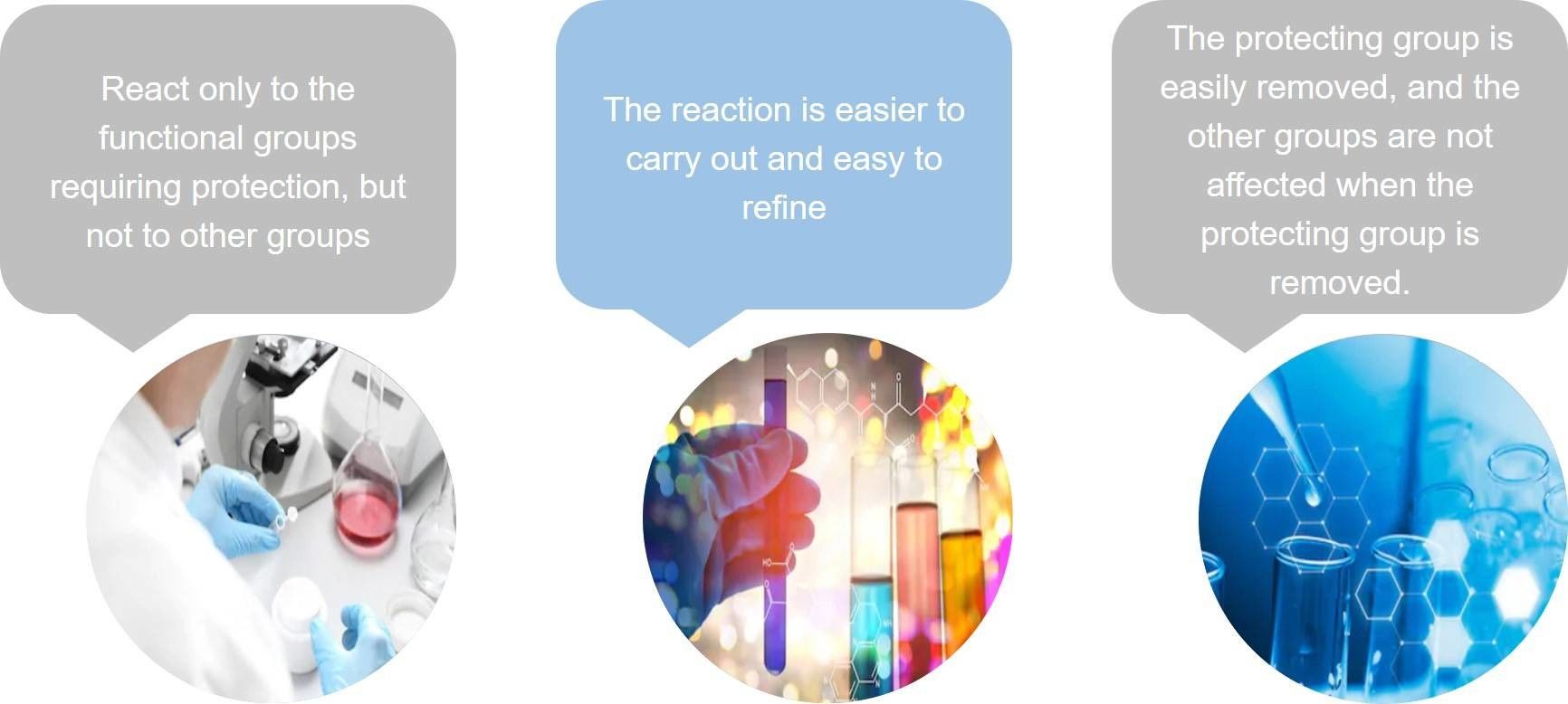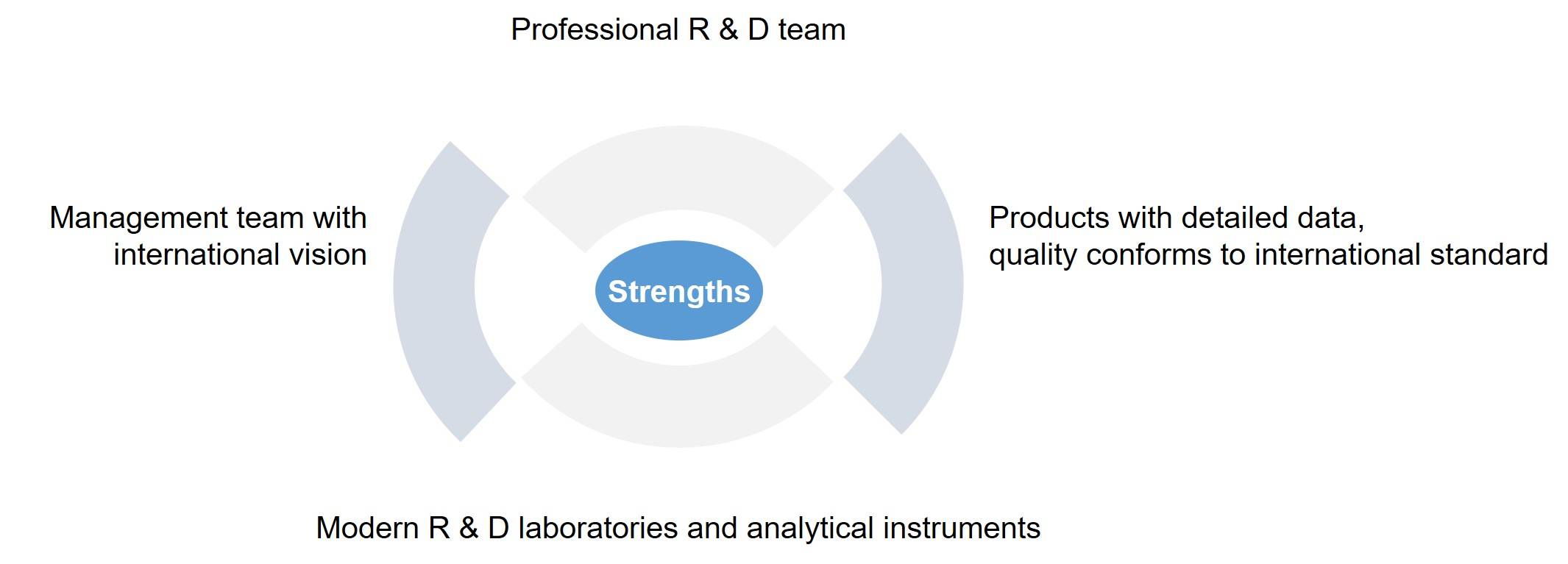Side/End Group Protection
In organic reactions, there are many functional groups in the same molecule. But during experiments, only certain groups or positions need to be reacted. However, the selected experimental conditions will cause reactions from irrelevant groups, resulting in by-products, or even no target products. For this reason, the relevant functional groups need to be protected. In order to protect the group, a protecting group is introduced into the molecule by chemical modification of the functional group to obtain chemo-selectivity in the subsequent chemical reaction.
Our Side/End Group Protection Services
Alcohols and phenolic hydroxyl groups can react with alkylation reagents and other electrophilic reagents. For example, primary and secondary alcohols can be oxidized, and tertiary alcohols are sensitive to acid catalytic dehydration. Therefore, in order to make other positions of the molecule react alone without affecting the hydroxyl groups in the structure, we often need to protect the alcohol and phenolic hydroxyl groups. The commonly used hydroxyl protective groups are listed below.
- Acetyl (Ac)
- Methoxymethyl ether (MOM)
- Methyl thiomethyl ether (MTM)
- Tetrahydropyran (THP)
- Methyl ether
- 2-methoxy ethoxymethyl ether (MEM)
- P-methoxybenzyl ether (PMB)
- Tervalyl (Piv)
- Silyl ether protective group
Many bioactive molecules contain amino groups, so it is very important to protect them during drug synthesis. Common amino protection groups are listed below.
- Benzyloxycarbonyl (Cbz)
- 9-fluorenylmethoxycarbonyl (FMOC)
- P-methoxyphenyl (PMP)
- Tert-butoxycarbonyl (BOC)
- Benzyl (Bn)
- Triphenylmethyl derivative protective group
Carbonyl has many reaction properties and is one of the most reactive functional groups in organic chemistry. It is almost impossible to find an example that does not involve carbonyl in the synthesis of complex molecules. The commonly used carbonyl protective groups are listed below.
- Acetal and ketal
- Sebacate
- Dithiane
Carboxyl groups exist in many compounds with biological activity and synthetic value. As far as their structure and properties are concerned, carboxyl groups are not as active as amino and aldehyde groups, but they often need to be protected in synthesis so that specific reactions can be carried out in other parts of the molecule. The main method of protecting carboxyl groups is esterification, and the commonly used carboxyl protection groups are listed below.
- Methyl ester
- Tert butyl ester
- Benzyl ester
- Silicon ester
- Terminal alkyne protecting groups
The hydrogen atom on the alkynyl group has strong acidity in the terminal alkyne RC≡CH molecule, and the hydrogen atom will affect the normal progress of the target reaction. Listed below are the commonly used alkynyl protection groups.
- Propargyl alcohols
- Silyl groups
Photolabile protection, phosphate protection, aldehyde protection, ect.
Reaction Requirements

Data We Provide
- Mass Spectrometry (MS)
- Infrared Spectroscopy (FTIR)
- Gel Permeation Chromatography (GPC)
- Nuclear Magnetic (NMR)
- Laser Raman Spectroscopy (LR)
- And other data the customer needs
Our Strengths

How to Order?













